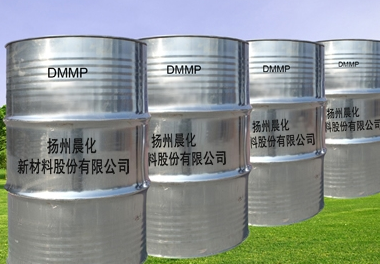The retarding effect of environmental flame retardant in large fire.
As we all know, environmental flame retardant is a kind of flame retardant. Environmental flame retardant is a composite material based on resin and rubber. It is an additive that can prevent polymer materials from igniting or inhibiting flame propagation. Among them, the common environmental flame retardants are phosphorus, bromine, chlorine, antimony and aluminum compounds. Next, we will show you the role of environmental flame retardants in fire.

Environmental flame retardants play three main roles in fire:
1. News reports.
Adding environmentally friendly flame retardants to combustible materials can form glass or stable foam covering at high temperatures, thereby isolating oxygen and preventing oxygen escaping from combustible gases, thereby achieving the purpose of flame retardancy. The reason is that on the one hand, it can prevent the polymer from further cracking, on the other hand, it can prevent the thermal decomposition products from entering the gas phase to participate in the combustion process.
2. Inhibition of chain reaction.
According to the chain reaction theory of combustion, free radicals are needed to maintain combustion. Environmental friendly flame retardant can act on the gas phase combustion area, prevent flame propagation, reduce the flame density in the combustion area, and reduce the combustion reaction rate until the end. For example, halogen containing flame retardants have the same or similar evaporation temperature and polymer decomposition temperature. When the polymer decomposes under heat, the flame retardant volatilizes at the same time. It can capture the free radicals in the combustion reaction, so as to prevent the flame spread, reduce the flame density in the combustion area, and finally reduce the combustion reaction speed until the end.
3. Suffocation of non combustible gas.
When the environmental flame retardant is heated, it decomposes the unfavorable combustion gas, dilutes the concentration of the combustible gas below the lower combustion limit, dilutes the oxygen concentration in the combustion area, and prevents the combustion from continuing, so as to achieve the flame retardant effect.